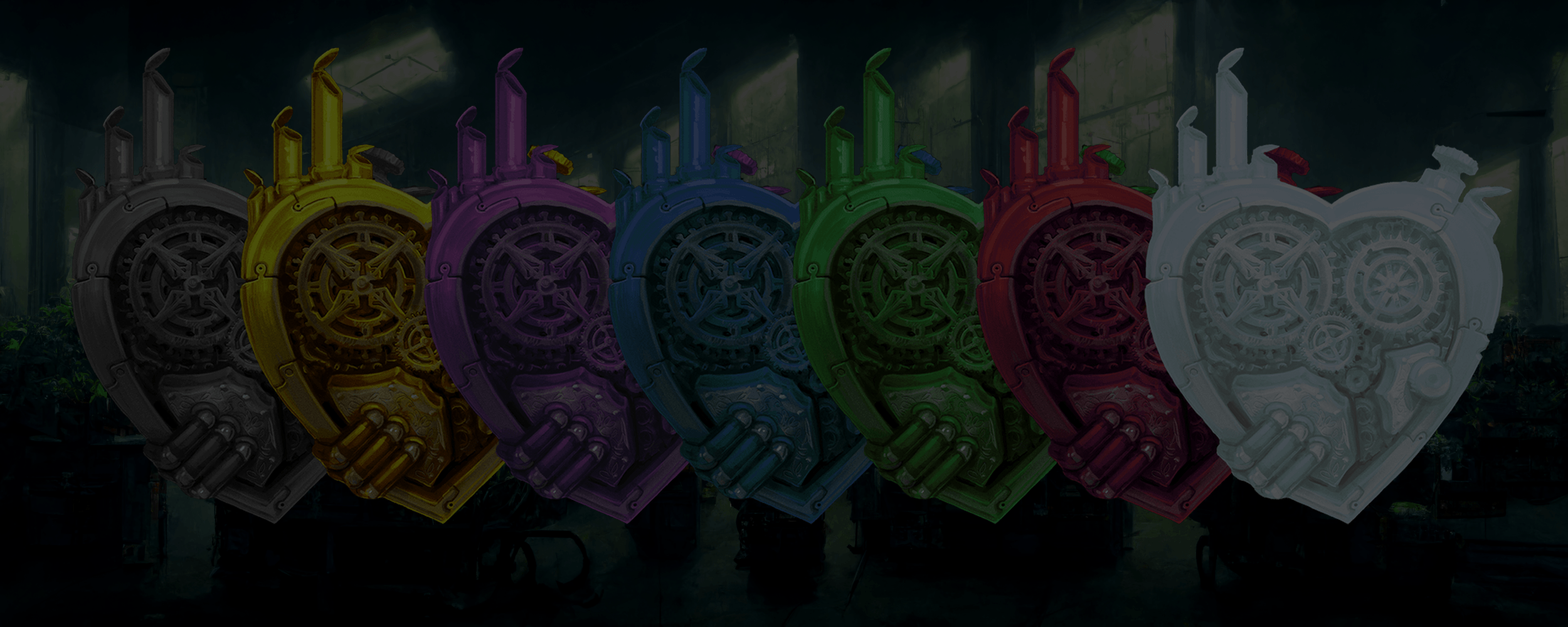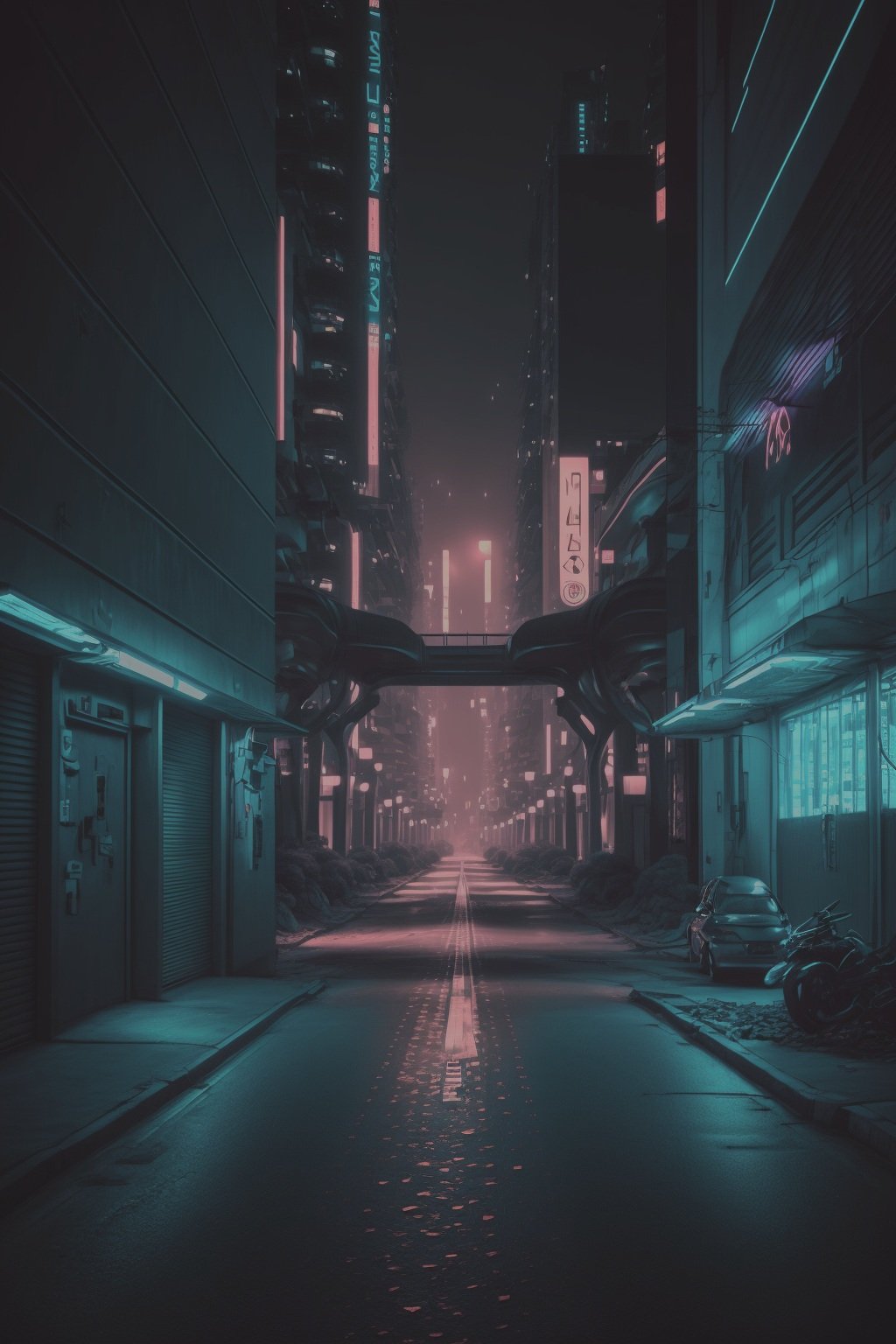WORLD’S END
The year is 2070, and society's obsession with technology has increased the demand for rare metals. As Europe and the Americas scramble to mine what little is left in their native soil, the East, rich with such metals, enacts egregious tariffs to stifle the growth of its Western counterparts. Outrage ripples across the Americas and Europe, and with ravenous desperation, they embark on a full force Eastern invasion, decrying a breach of OPOH, the One Planet, One Humanity accord of 2056.
As fears of global extinction increase, the top 1% prepare to survive a war that is all but inevitable. Some build bunkers deep underground, others gamble on the emerging technology of personal space colonies. But one visionary architect, Min-Ji Providence, pleads a different strategy for survival after a global apocalypse. She believes that a humanity born from the world’s richest people will only result in a population of overly competitive narcissists, lacking the moral diversity that is required for a well rounded society to flourish. Furthermore, depending on the time it takes for the resulting fallout to dissipate, quarantined humans living in separate small groups might lose the ability to coalesce as a society.
Instead, she proposes large scale enclosed habitats, capable of housing 100,000 people of all different backgrounds, to preserve the beauty and color of human diversity——a microcosm of Earth at its golden age. Unfortunately, due to the already limited supply of precious metals, her vision falls on ears deafened by selfishness and jaded by self-preservation. But Min-Ji remains undeterred, and with the help of a few humanitarian investors, she sets out to build a single prototype in the Arizona desert known only as “The City of Rings.”
THE CITY OF RINGS
The largest enclosed structure ever created, The City of Rings is touted as the Utopia of the Future, designed to survive up to two centuries of self-sustainment. Sixteen kilometers in diameter, the outer walls rise twenty meters vertically from the desert floor, connecting to a gently sloping roof that reaches sixty meters at its zenith. At the interior’s center, atop a fifty meter tower, is the city’s most spectacular feature, the Sun Pearl, a massive luminescent globe designed to simulate pure sunlight. This light, though bright enough to grow food in the inner rings of Ruby and Diamond, diminishes to little more than twilight in the far reaches of Onyx, the city’s outermost ring.
Stretching out from the Sun Pearl are seven concentric rings, each separated by ten meter high walls, color coded and named for precious gemstones. Min-Ji designed the city in this fashion, using a modified social-stratification model, whereby citizens with different occupations could be separated into living environments more suitable to their respective lifestyles. The very rich might be accustomed to extravagant details and design, while the middle class might prefer a more open, balanced suburban model. As an avid proponent of the theory that happiness is relative, she believed that this social grouping model might effectively stymie human envy, by placing people among others with similar quality of life and material possession.
THE RINGS ARE OPEN!
Emigration commences in May of 2085, immediately after the city is finished, using a quasi-lottery system to ensure neutrality in the selection process. In an effort to preserve the memory of the old world, citizens are to drop their surname upon arrival, and replace it with the name of the city from which they hailed. The first few years pass and the naming convention proves effective, not only in fostering pride in one’s homeland, but also in the cultivation of subcultures and traditional holidays and celebrations. Social clubs and boutique restaurants form, as people begin to seek others from the same geographic background, often from several different Rings, hoping to share stories. As Min-Ji had hoped, people slowly begin to forget the outside world, even as nuclear bombs ravage the planet, leaving an irradiated wasteland in their wake.
Two decades pass and The City of Rings sees prosperity, as the First Generation maintains a sense of gratitude for the sanctuary to which they owe their lives. Their children however, the first to be born within The Rings, have no connection to the bleak outside world from which they are protected, and thus begin to take this gift for granted. Violence and petty theft increase the necessity for a police force; protests and anti-government propaganda flood the city, as this new generation sees the threat of overpopulation looming in the near future. As the First Generation slowly passes away, these new Ring-born citizens begin to lose touch with their parents’ values, not the least of whom is the successor and only son to Min-Ji, Damien (né Daeshim) Providence.
GENERATION TWO
Having grown up in privilege, Damien knows nothing of struggle or discipline, for his mother’s utopia initially thrived with little conflict or intervention. As this new generation blatantly challenges the laws of The Rings, Damien overcompensates by appointing the notoriously militant William Keyser as first acting Police General.
Keyser wastes no time “cleaning” up the city, enacting draconian laws and shutting the gates between Rings, preventing unauthorized travel throughout the city. He renames the government, “The Providence”, to cement their authoritarian perception. He enforces food rations to prevent overconsumption, leading many in the Outer Rings to protest the disproportionate distribution as the Inner Rings are allotted fresher and rarer ingredients. Beaten down and exhausted, people begin to accept their powerlessness. Demonstrations cease, and they resume their daily lifestyles and responsibilities, though devoid of the vibrancy that once buzzed throughout the city.
GENERATION THREE
Two more decades pass and Damien passes the Presidency onto his son Dominic Providence, who in turn appoints Roman Keyser, William’s son, as the new General. Meanwhile, as the city’s apathetic third generation reaches middle age, Dominic comes to the unfortunate realization that the city’s food supply and the availability of jobs is dwindling. Something has to be done.
Roman, the spitting image of his father, proposes a meritocratic classification system called the LIFE score process: a series of academic and genetic tests to measure “Longevity, Intelligence, Fit and Efficiency, placing the right citizens in the right jobs”. And though Dominic is not fond of the ostensible inequality that this system will create, he realizes that he has no other choice, and reluctantly gives the green light.
GENERATION FOUR - RISE OF THE FREECHILDREN
It is at this time that a charismatic young PhD student, Xandelle Jackson, bursts onto the scene with anti-Providence fervor. Peaceful protests swarm the grounds of Emerald University as this fourth generation seizes a passion long forgotten since the days of Min-Ji. They demand balanced food rationing and a dissolution of the LIFE score system, disrupting the rigid order set in place by William Keyser decades ago. Roman immediately cries for Jackson’s arrest, citing treason and sedition. But, much to Dominic’s dismay, taking action against Jackson would only serve to destroy the tenuous relationship between he and Jackson’s longtime partner——his own daughter, Clarity.
Roman denounces the President’s inaction as spineless and complacent——and years later, as Jackson completes her dissertation on the viability of agriculture and artificial lighting, she is allowed an audience with the parliament to propose building an aeroponics farm out in the dark reaches of Onyx Ring. According to the evidence she presents, such a farm could supply fresh food to the three-most outer rings, Onyx, Amber, and Amethyst, mitigating the burden put on the already strained farms of Ruby Ring.
The proposal is met with overwhelming parliamentary support, but is immediately shot down when Keyser smears the farm with claims of genetic modification and poisonous side effects. This argument proves convincing enough for parliament to reject her proposal, despite Clarity’s valiant efforts to plead Xan’s case——it seems that eloquently presented baseless claims are more acceptable than nepotism.
Jackson, bitter but undaunted, relocates to Onyx Ring and begins building the farm without government support. Her relationship with Clarity falls apart, awakening the rebel within her. Fiercely resolute and laser-focused, her proclamations of autonomy and separatism draw the interest of other outer ring inhabitants disenfranchised by The Providence. Together, with cries of “Don’t try and cage us in!” and “Death and conformity are one in the same!”, the group grows into a countercultural movement of several thousand, some even from the inner rings, calling themselves The Freechildren.
More fractured than ever, The City of Rings has become a precariously balanced chess board, upon which sits the ultimate game for humanity’s survival.




